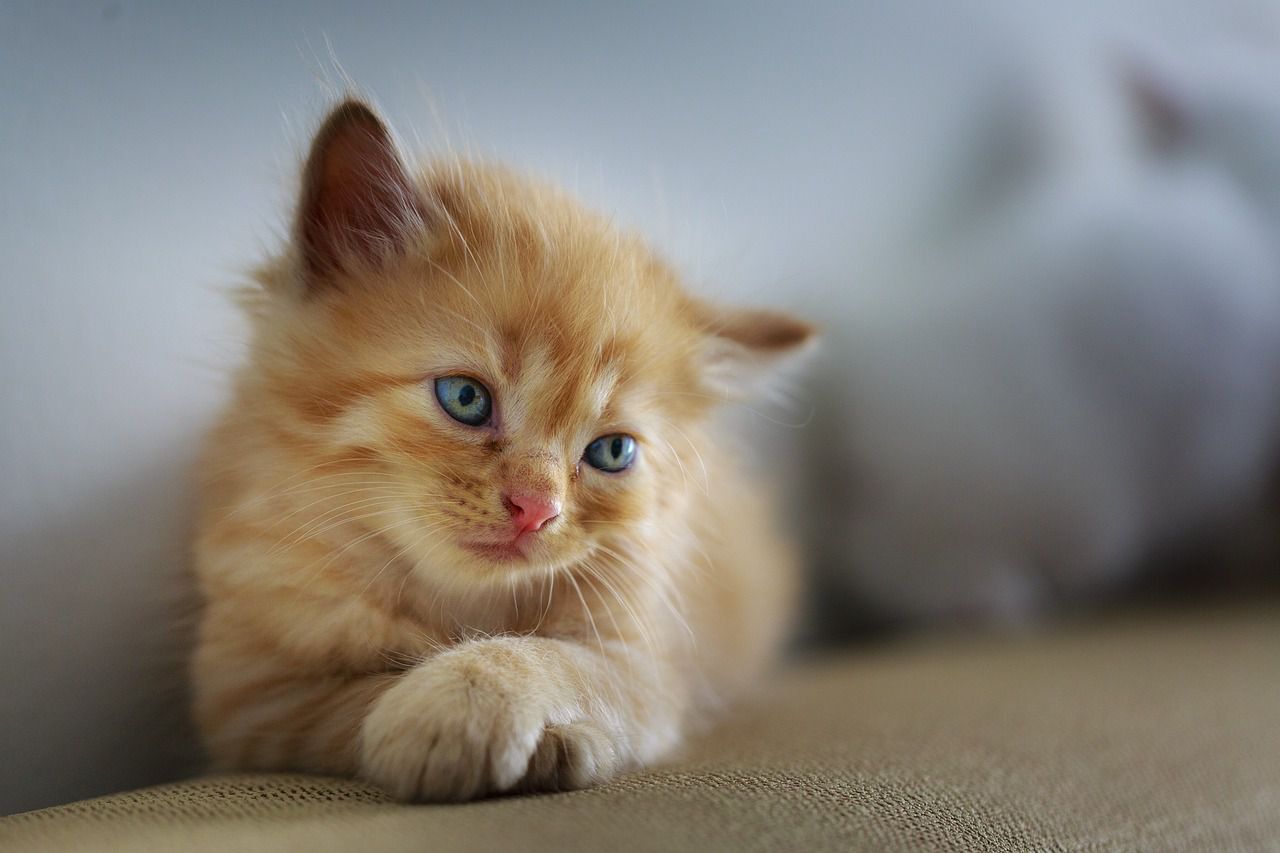Cats attacking their tails: Why they do that
Cats can be extremely playful creatures, especially when they're kittens.
Some cats love attacking their tails, and sometimes they seem to be very serious about it.
But why do cats do so?
Playfulness
Cats are known for their playful nature, and chasing their tails can be a form of entertainment.
When a cat sees its tail moving, it might trigger their instinct to play and pounce on it as if it were a prey item.

Hunting Instincts
Cats are natural hunters, and their tail-chasing behavior may mimic hunting behavior.
Their tail movement can resemble the movements of prey, triggering their instinct to stalk and capture it.
Excess Energy
Cats have bursts of energy, especially during their active periods.
If a cat is feeling energetic and doesn't have an outlet for play or exercise, it may redirect its energy towards chasing its tail.
Stress or Anxiety
In some cases, tail-chasing behavior can be a sign of stress, anxiety, or frustration in cats.
If a cat is feeling overwhelmed or experiencing pent-up energy due to environmental changes, boredom, or other stressors, they may engage in tail-chasing as a way to cope or release their anxiety.
Medical Issues
In rare cases, compulsive tail-chasing behavior can be a sign of a medical condition.
It's important to rule out any underlying medical problems, such as skin irritations, parasites, or neurological issues, that may be causing discomfort or abnormal behavior.


